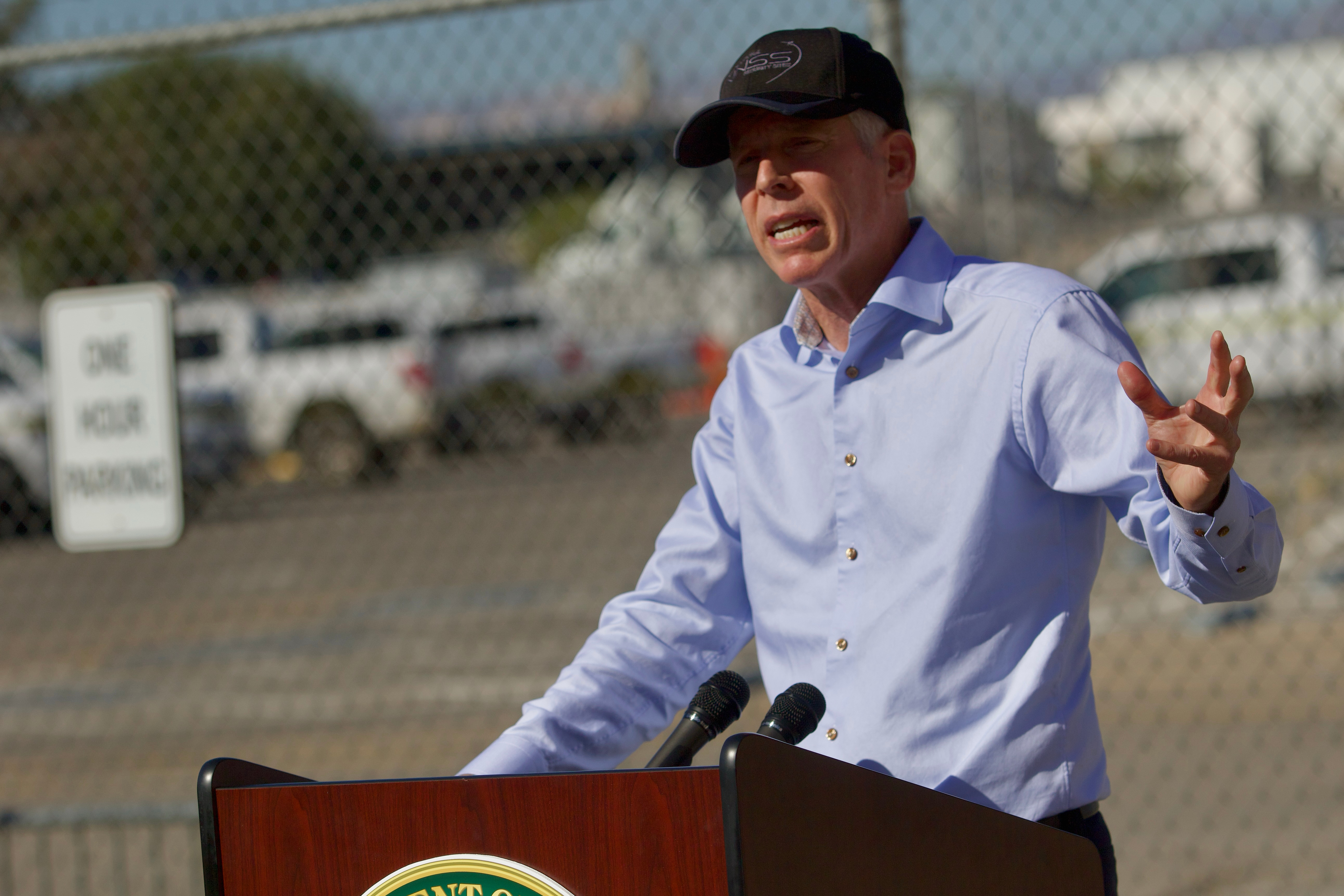What's Happening?
President Trump and President Xi Jinping have announced a preliminary trade agreement, reducing U.S. tariffs on Chinese goods and delaying China's export controls on rare earths. Despite these measures, the deal is unlikely to significantly improve the economic
conditions in either country. The U.S. labor market remains weak, with hiring slowing and layoffs increasing, while China's economy faces challenges such as a property downturn and deflation.
Why It's Important?
The trade agreement highlights ongoing economic struggles in both the U.S. and China. While the deal may provide temporary relief, deeper structural issues persist, affecting industries like agriculture and manufacturing. The U.S. labor market's weakness and China's domestic economic woes underscore the complexity of resolving trade tensions and achieving sustainable growth.
What's Next?
Further negotiations are expected to finalize the trade agreement, with potential adjustments to tariffs and export controls. Both countries will need to address underlying economic challenges, such as labor market instability and consumer demand fluctuations. The agreement's impact on global trade and economic recovery remains uncertain.
















